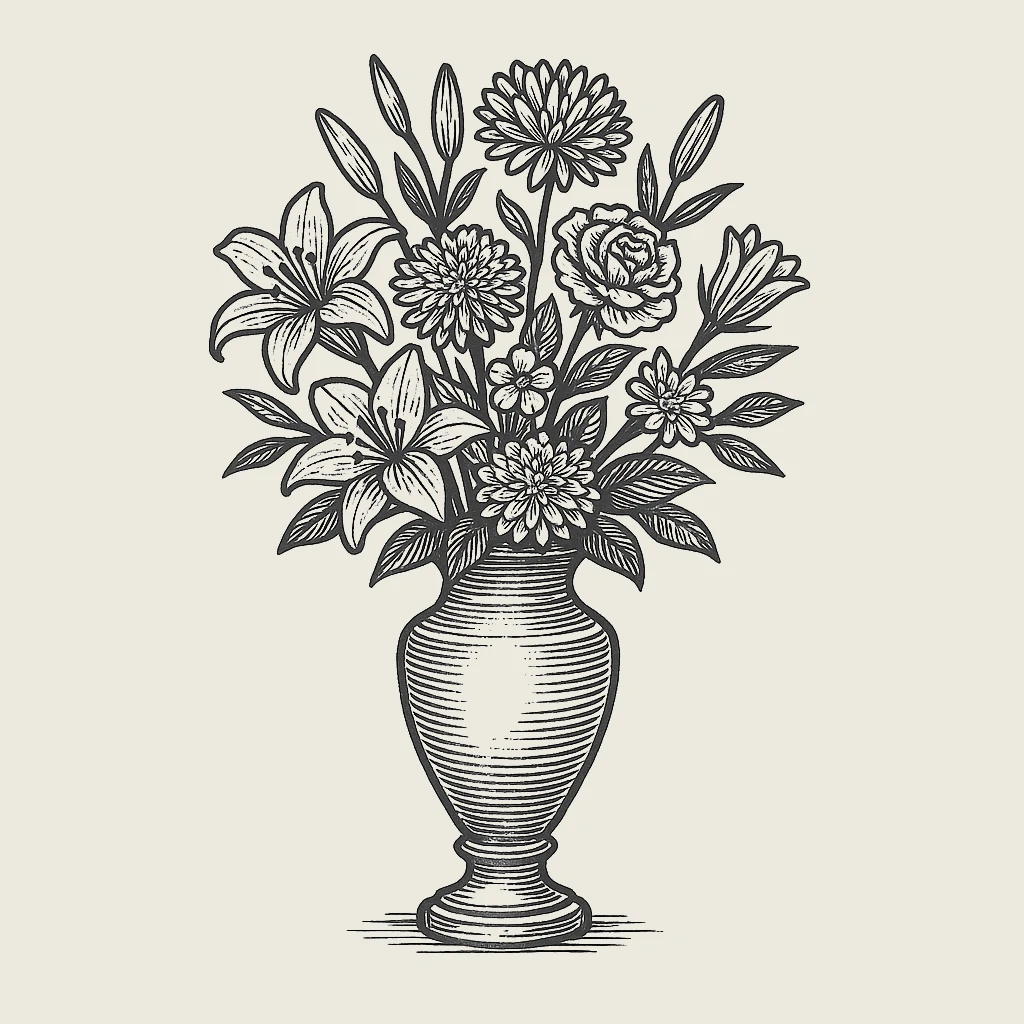What Is Placed in the Coffin with the Deceased: Traditions, Rules, and Prohibitions
Introduction: The Origins of the Tradition of Placing Items in the Coffin
Since ancient times, people have sought to send the deceased to the afterlife not empty-handed. What is placed in the coffin reflects society’s beliefs about life after death. Items laid beside the body often symbolized care and a final farewell. This tradition dates back centuries, long before Christianity emerged, when burials included many items. Much has changed since then, but the desire to place something meaningful in the coffin remains relevant to this day.
Religious Context: The Perspective of the Orthodox Tradition
With the arrival of Christianity, funeral rituals underwent significant transformation. The number of items allowed in the coffin was greatly reduced. The Church teaches that the deceased enters the afterlife without worldly possessions, and excess is discouraged. However, despite clerical guidance, relatives often continue to observe folk customs by adding personal belongings of the deceased. This reflects emotional attachment and the desire to make the farewell more meaningful.
Essential Items According to Orthodox Church Canons
Certain items are considered essential in Orthodox funeral preparations. A cross is placed in the deceased’s left hand, symbolizing their faith and belonging to the Church. A circlet with images of saints is placed on the forehead, and a small icon is temporarily laid on the chest—it must be removed before the coffin is closed. A funeral shroud, white sheet, and a special prayer called a “handwritten blessing” are also used. These items serve as symbols of spiritual protection and guides for the soul into the next world.
Optional Items Based on Family Preferences
Some items may be placed in the coffin depending on the deceased's or their family’s wishes. It is important that these items are personally related to the deceased and not belong to the living. Possible examples include glasses, a book, cigarette case, wristwatch, jewelry, or a collectible item. These symbols express individuality and preserve emotional connection. However, the Church encourages moderation, reminding that the most important part of the farewell is prayer for the soul of the deceased, not the number of items in the coffin.
What Is Placed in a Woman’s Coffin
A woman may have a comb, jewelry, handmade items (such as embroidery), or a favorite headwear placed in the coffin. If the deceased was a young unmarried woman, she is dressed in a light-colored dress and given a veil. For a pregnant woman, diapers or pacifiers are placed nearby, carrying special symbolic meaning. A young girl may be given her favorite toys that reflect her character and interests. The clothing should be neat, and the head should be covered with a scarf. All this reflects respect for the memory of the woman.
What Is Placed in a Man’s Coffin: Key Items
A man is given all items prescribed by Orthodox tradition: a cross, a circlet, a small icon, and a shroud. In addition, a watch, an item from a personal collection, a comb, or a favorite accessory may be added. A military man is buried in uniform with medals and cap. A young man or boy may have toys, books, or other cherished belongings placed in the coffin. These items reflect the life of the deceased and help loved ones express love and farewell. The clothing should be clean and appropriate for the deceased’s age.
What Should Not Be Placed in the Coffin: Important Restrictions
There is a list of items not recommended for placement in a coffin. These include photographs of living people, modern gadgets, letters, metal objects, and coins. The reasons for these prohibitions include religious rules, environmental considerations, and ancient superstitions. It is believed such items create a link between the world of the living and the dead, which can lead to undesirable consequences. Even if such gestures seem loving, one must remember: the deceased no longer needs material possessions—the soul needs prayer and peace.
Special Considerations for Cremation
When preparing for cremation, only items that can completely burn should be placed in the coffin. Permitted items include paper notes, textiles, sheets, and wooden crosses. Glass, metal, batteries, lighters, and toxic materials are strictly prohibited. Religious items such as icons and crosses must be removed before the cremation process. This ensures the purity of the ritual and compliance with crematorium requirements. It is important to consult with a funeral service agent in advance to avoid mistakes.
Traditions of Coffin Placement in the Home
The coffin is placed immediately in its chosen location and not moved afterward. If the deceased is a man, the coffin is placed on a table; for a woman, on a bench or stools. A dish for collecting funeral donations is placed at the feet. The room with the body should ideally remain unheated. Icons are placed at the head of the coffin, and all mirrors in the room are covered. Pets are not allowed in the room. These actions are part of maintaining the ritual order established over centuries.
Conclusion: What’s Important to Remember
In conclusion, it is important to note that the list of items placed in the coffin is determined not only by church canons but also by the personal feelings of loved ones. Everything done during the farewell carries symbolic meaning. If the deceased left no specific instructions, relatives may make decisions themselves. The key is to maintain respect for the memory of the person and not violate spiritual traditions. Every item placed in the coffin is not just a thing, but a gesture of love and respect, even if it is not needed in the world where the soul goes.
Read also:




